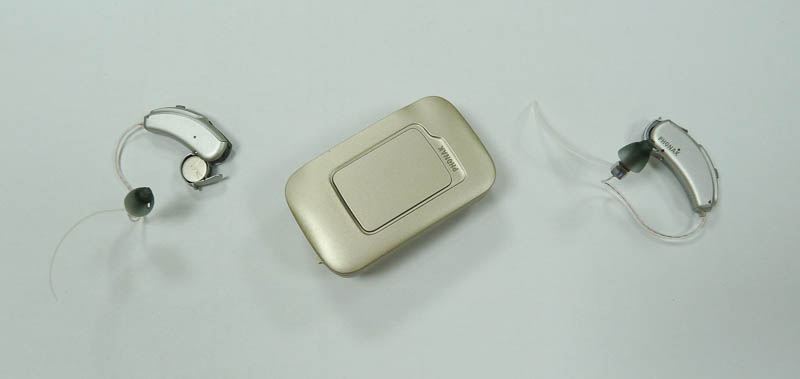Would you believe that for the whole of Zambia, there is only one audiologist? You can imagine that for students from the Department of Speech, Language, and Hearing Sciences (SLHS) of Purdue University in the US, spending two weeks in the field on an exchange programme in Zambia must be quite an adventure. An opportunity to see healthcare in a completely different context, to gain clinical experience in a setting where their actions have meaning, in addition to the life experience every exchange programme is bound to provide.

I discovered their programme though the blog set up by their professor. The blog is a very lively of their trip, with lots of anecdotes and information on what they did there, from the preparation classes before their departure to a complete account of their last work day in Zambia. Go and read it and look at the photos!
I wrote to them to see if they would be interested in contributing an article for Open Ears. Two of the students, Breanne and Andrea, sent me this overview of the programme and what it had meant to them.
Graduate and undergraduate students at Purdue University have the opportunity to participate in the speech, language, and hearing sciences (SLHS) in Zambia study abroad program. This past May a group of 12 students traveled to Lusaka, Zambia to learn about the culture and provide speech and hearing screenings. We had the opportunity to meet numerous professionals at a variety of facilities to learn about the healthcare system and the services for children with disabilities in Zambia.
This year, we received a donation of hearing aids from Phonak and were able to bring these to Zambia to fit as needed. At our main partnership location, Beit Cure Hospital, we fit a hearing aid on a girl who was about 11 years old as well as an older adult. We programmed each hearing aid for their individual hearing loss and made an instant ear mold. Using instant ear mold materials is much more efficient and is used very frequently in Zambia.
Both of these patients were so thankful and we hope the follow-up goes well. The 11-year-old girl is doing very well in school and we hope that her new hearing aid will help to decrease her listening effort and enable her to make even greater progress. The adult we fit told us that she had walked to Beit Cure Hospital, which took about an hour for her to reach us. Transportation is a struggle for those in need of healthcare in Zambia and this woman walked an hour to avoid paying for the bus. She was so thankful and said “God bless you for your help” to everyone involved in the appointment, making it a very emotional appointment. She is very excited to try her new hearing aid at church and plans to continue to follow-up at Beit Cure Hospital as needed.
Working in the audiology department at Beit Cure Hospital in Zambia was a little different from the experiences we were used to at the teaching clinic within Purdue University. Everything was very fast paced and we worked alongside an ENT, which was a new experience for many of the students. Zambia has one audiologist and several audio technicians and nurses who do remarkable work. They make instant ear molds, counsel patients and answer questions, remove cerumen and foreign bodies from the ears, and many other tasks related to the ears and hearing. The teamwork we witnessed was amazing. Everyone collaborates as needed to ensure his or her patients receive the best possible care.

This was a very unique experience and we are so fortunate that this is offered through Purdue University. This was the second class of students to go to Zambia and the first time we were able to bring hearing aids to fit (thanks to Phonak for their donation!). Hopefully the program will continue and many students have the opportunity to participate in this program. We learned so much more than what we provided.
I think it’s important to remember that hearing care professionals work in very different contexts all over the world. I hope we’ll have more posts here in the coming months which go beyond Europe and the US!
Photos from the SHLS in Zambia blog.











